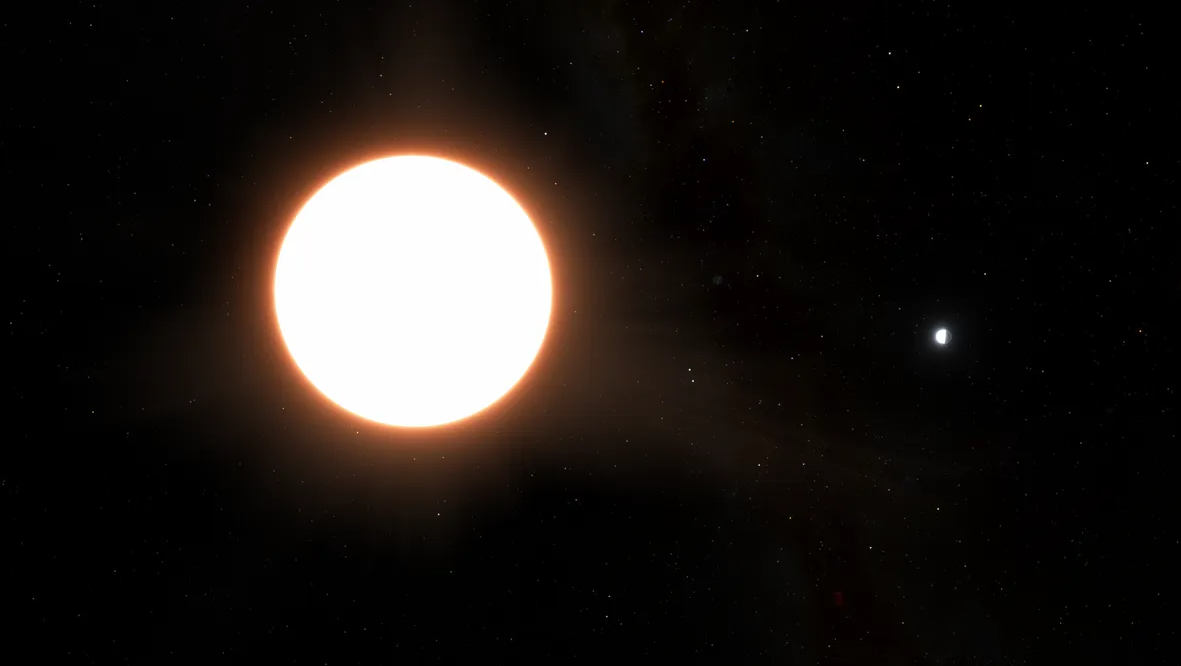
Simulation image of planet LTT9779b
Clouds can reflect a lot of light. Earth's clouds reflect about 30% of the sun's light back into space, while Venus reflects up to 75%, making it the brightest object in Earth's night sky.
Now, astronomers have discovered a planet that is even brighter than Venus. According to a report in the journal Astronomy & Astrophysics , the planet, called LTT9779b, reflects 80 percent of the light it receives from its parent star. This makes it the brightest planet known, or the brightest “mirror” in the universe.
LTT9779b was discovered through the European Space Agency's (ESA) Cheops mission. The planet takes about 19 hours to complete an orbit around a star similar to our sun.
Its distance from the central star is so close that the side locked to the star has an estimated temperature of up to 2,000 degrees Celsius.
LTT9779b is slightly larger and more massive than Neptune. Its most striking feature is its highly reflective cloud layers, which are made up of metallic elements and silica minerals.
“Imagine a world on fire, close to the star, with clouds of heavy metals floating in the atmosphere and raining down titanium metal particles,” said co-author James Jenkins, an astronomer at Diego Portales University and CATA (Santiago, Chile).
The existence of LTT9779b is a mystery. Normally, planets the size of Neptune and so close to their stars have little chance of maintaining their atmospheres. They should be left with a dense core the size of Earth.
The fact that LTT9779b retains an atmosphere and thick layers of clouds surrounding the planet's surface may be due to its extremely high light reflectivity.
The clouds of LTT9779b are another mystery. At the brutally hot temperatures, clouds should not be able to continue to exist, even if they were made of glass or metal.
Above 100 degrees Celsius, water clouds cannot form because they are too hot. Yet the planet still exists with an atmosphere and clouds, defying every rule known to man.
Source link




































































































Comment (0)